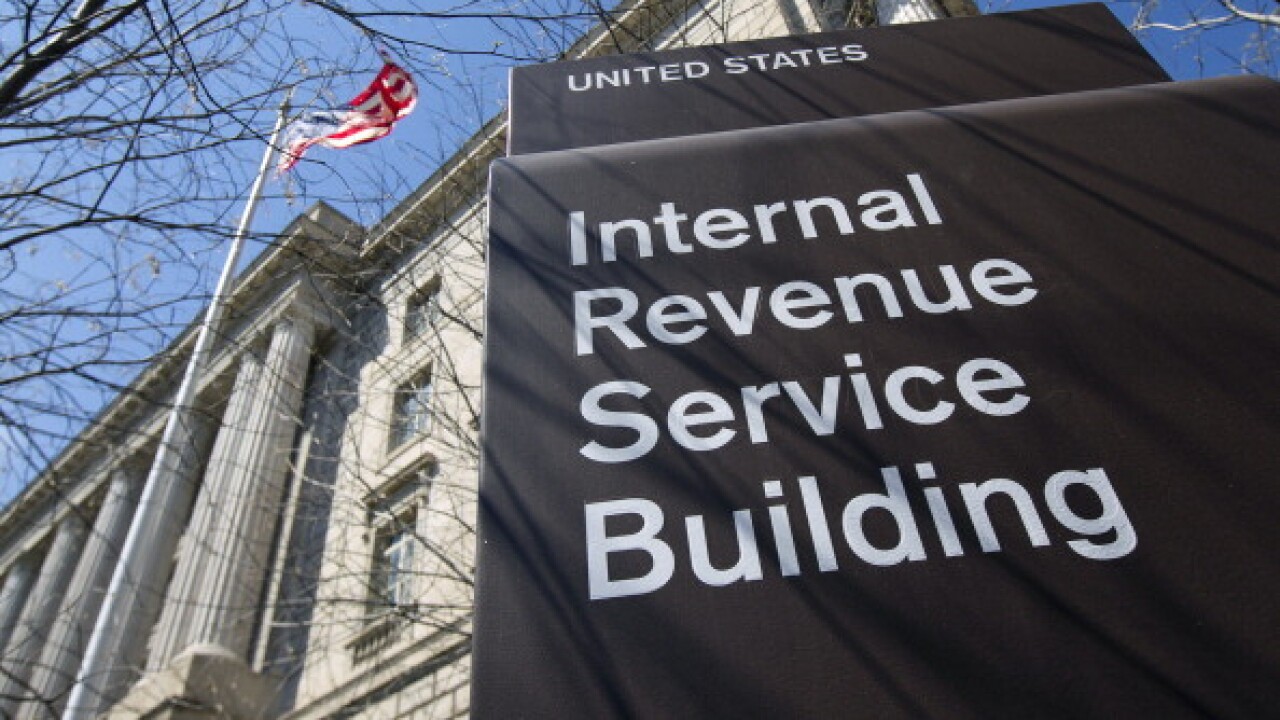Many people buy stock in public companies because of what’s in its pipeline. We don’t know specifics, but we trust the company will come up with something that will have an impact on its future success. My question to you is: What’s in your pipeline?

I used to ask myself this question all the time. When I started, I didn’t have a clue about what this meant. At some point I understood this to mean that I needed to be developing or learning about new or additional services I could offer to clients. In many cases we adopted or adapted existing services that others were doing. Some examples are business performance measurement, elder care services, business valuations or change management. In rarer cases we developed services that did not exist elsewhere, with some examples being our trademarked Yourport shareholders’ report, which is no longer being offered, and QB:asap, which was an early version of QuickBooks consulting or estate planning for clients with no taxable estates.
If you want to grow your practice, you can no longer rely on what you have been doing, but what you will be doing for your clients. Some years ago one of my colleagues told me he saw no future because most of his writeup clients were switching to QuickBooks. His vision of himself was limited to what he had always been doing. I told him I’d been there too, but was making more than I had been since the clients needed constant instruction and someone to call. They needed to be shown how to use the reports and how to use their information to help them strategically. He is still in business, but with a dwindling practice. The shame is that he did not have the imagination to get past his past. Another friend in the same situation at that time and approximately the same age is doing very well selling annuities and mortgages and growing his assets under management after upgrading his tax clients to financial planning services..
To grow your practice and remain relevant, build your pipeline. Start by reviewing the revenues from your top 20 clients (based on fees received) over the last five years. Answer the following questions:
- From five years ago to last year, was the percentage of the top 20 to your total fees the same, growing or declining? If they’re growing, then your practice is consolidating somewhat, with larger clients becoming more meaningful. If they’re declining, then you are getting more small or mid-level clients. There is nothing wrong with this; it’s just an observation.
- How many clients who were on the list five years ago do you still have?
- What is the profitability as measured by realization (fees collected divided by total time charges) for all your clients and for each client? If you do not keep time records, then while you cannot get the realization, you can still determine the percentage of fees from each client to the total, and review the staffing levels working on those clients and can look at the practice’s net bottom line and apportion it among all your clients in proportion to the fees collected. Does the “profitability” under this method for each client seem reasonable and appropriate given the efforts, services, responsibility, employee satisfaction and risk?
- What services did you provide five years ago compared to today? If there has been no growth in the types of services, then it is likely there will be no growth over the next five years (unless you change something). Will your practice continue to grow, stagnate or decline? In today’s business climate, I believe stagnation is similar to decline and both lead to a shrinking business and reduced income. Clients are constantly evolving and their needs are changing. Maintaining the status quo still takes effort; ignoring the changing needs will be costly to you.
- What about the new clients you got in the last five years? Are you providing new or different services to them compared to your longtime client base? If you are, then you are changing, but you haven’t transitioned this into your existing clients.
The pipeline is a euphemism for an expanding client base with newer services. One of the best ways to expand your pipeline is to be concerned about it, and to constantly ask yourself, “What’s in my pipeline?”
Do not hesitate to contact me at
Edward Mendlowitz, CPA, is partner at





